The Eye Mask Advantage: Gaining Control Over Sleeping Paralysis
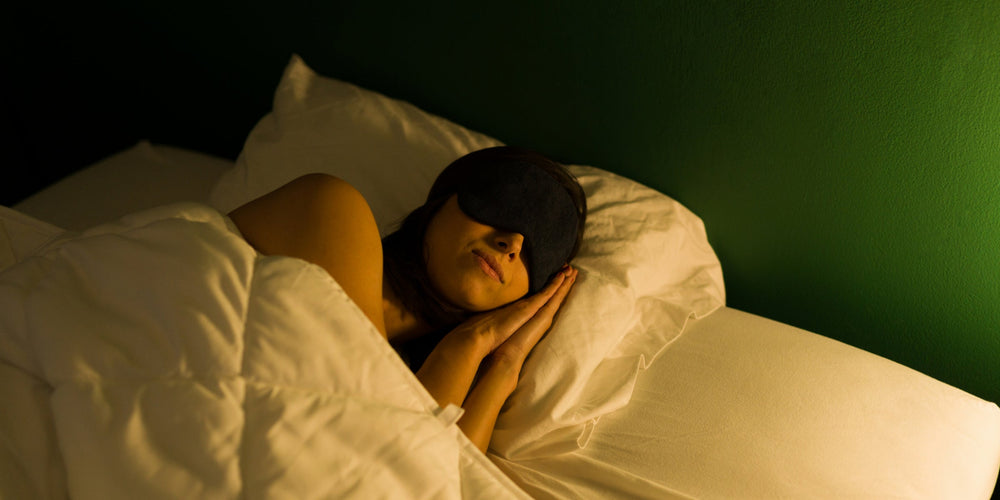
Stay tuned to our latest news
Sleeping paralysis can be one of the most terrifying experiences a person can endure. The feeling of being trapped in your own body, unable to move or cry out, while a sense of dread and unseen presences loom around you is the stuff of nightmares. For those who suffer from this sleep disorder, the fear and helplessness can be debilitating.
However, there may be a surprisingly simple solution to this complex problem - the eye mask. By blocking out light and visual stimuli, an eye mask can be a powerful tool in regaining control over sleeping paralysis. So, let’s explore the science behind how an eye mask works to alleviate this condition and take the first step towards reclaiming your peaceful slumber. With the right knowledge and a little bit of fabric, you can put an end to the terrors of sleeping paralysis for good.
What Is Sleep Paralysis?

Sleep paralysis is a fascinating yet terrifying phenomenon that occurs during the transition between sleep and wakefulness. It is characterized by a temporary inability to move or speak, often accompanied by vivid hallucinations and a sense of intense pressure on the chest. Sleep paralysis can be a distressing experience, leaving individuals feeling fearful and vulnerable.
This phenomenon has been recorded throughout history, with various cultures attributing it to otherworldly entities or demonic forces. Despite its terrifying nature, sleep paralysis is generally harmless and usually subsides within a few minutes, but it can leave a lasting impact on those it affects.
What Triggers Sleep Paralysis?
Alcohol consumption is known to trigger sleep paralysis. Alcohol disrupts the normal sleep pattern and can lead to more frequent episodes of sleep paralysis. Additionally, alcohol can interfere with the REM (rapid eye movement) sleep stage, which is when dreams occur and sleep paralysis is most likely to happen.
Poor sleep quality is another factor that can contribute to sleep paralysis. When individuals do not get enough sleep or have disrupted sleep patterns, the likelihood of experiencing sleep paralysis increases. This can be caused by conditions such as insomnia or sleep apnea.
Stress and anxiety are also known triggers of sleep paralysis. These emotional factors can disrupt sleep and increase the chances of experiencing sleep paralysis episodes. Additionally, irregular sleep schedules and jet lag can also contribute to sleep paralysis.
What Are the Signs of Sleep Paralysis?
The first primary symptom of sleep paralysis is the inability to move. When entering or exiting sleep, the body experiences muscle atonia, resulting in temporary paralysis. This sensation of being immobilized can be extremely distressing, as individuals feel trapped within their own bodies and unable to move or speak.
Another key symptom is the full awareness of the experience. Unlike a typical dream, during sleep paralysis, individuals are fully conscious and cognizant of their surroundings. They may hear sounds in the environment or sense another person's presence.
Sleep paralysis is often accompanied by hallucinations. There are typically three categories of hallucinations associated with sleep paralysis: intruder hallucinations, incubus hallucinations, and vestibular-motor hallucinations. Intruder hallucinations involve the perception of a menacing presence in the room or the feeling of being watched or touched. Incubus hallucinations include the sensation of pressure on the chest, difficulty breathing, or the presence of a malevolent figure sitting on the individual. Vestibular-motor hallucinations involve distorted perceptions of movement, such as floating, levitating, or being pulled out of bed.
5 Common Treatments for Sleep Paralysis

Sleep paralysis is a temporary inability to move or speak that occurs during the transition between sleep and wakefulness. Although it is a relatively common phenomenon, it can be distressing and impact the quality of sleep. Fortunately, there are several common treatments available that can alleviate the symptoms of sleep paralysis.
- Lifestyle modifications: Making changes to one's lifestyle can help improve sleep quality and reduce the frequency of sleep paralysis episodes. This includes practicing good sleep hygiene, maintaining a regular sleep schedule, avoiding stimulating substances like caffeine and nicotine before bed, and creating a calm sleep environment.
- Behavioral therapy: Techniques such as cognitive-behavioral therapy (CBT) can be effective in managing sleep paralysis. CBT aims to identify and change negative thoughts and behaviors that contribute to sleep disturbances. By addressing underlying psychological factors, CBT can help reduce the occurrence of sleep paralysis.
- Medication: In some cases, doctors may prescribe medications to manage sleep paralysis, especially if it is associated with other sleep disorders like narcolepsy. Medications such as selective serotonin reuptake inhibitors (SSRIs) or tricyclic antidepressants can help regulate sleep patterns and minimize episodes of sleep paralysis.
- Addressing underlying health conditions: Sleep paralysis can be associated with underlying health conditions such as sleep apnea or narcolepsy. Treating these underlying conditions can often resolve or reduce the frequency of sleep paralysis episodes.
- Reducing triggers: Identifying and minimizing triggers that contribute to sleep paralysis can be beneficial. These triggers can vary from person to person but may include stress, sleep deprivation, anxiety, or sleep position. Reducing or managing these triggers can help reduce the occurrence of sleep paralysis.
How Important is Sleep Quality in Managing Sleep Paralysis?

Sleep quality is crucial when managing and preventing episodes of sleep paralysis. Insufficient or poor-quality sleep can make a person more susceptible to sleep paralysis, as sleep deprivation and sleep fragmentation can disrupt the normal sleep-wake cycle and put the body and brain under stress, making one more prone to the dissociative experiences of sleep paralysis. Sleep paralysis is most likely to occur during the REM (rapid eye movement) stage of sleep, so disruptions to normal REM sleep patterns, whether due to lack of sleep, irregular sleep schedules, or other sleep disorders, can trigger episodes.
Chronic stress and anxiety are also closely linked to sleep quality, as high levels of stress hormones can fragment sleep and prevent the brain from fully "shutting down" during REM, increasing the risk of sleep paralysis. Addressing any underlying sleep issues, such as sleep apnea, narcolepsy, or circadian rhythm disorders, is critical for regaining control over sleep paralysis. The good news is that improving sleep quality through practices like maintaining a consistent sleep schedule, creating a restful sleep environment, and using techniques like cognitive behavioral therapy can go a long way in preventing and managing episodes of sleep paralysis. Prioritizing high-quality, restorative sleep may be one of the most effective ways to take back control over this distressing sleep disorder.
How Does REM Cycle Help with Sleep Paralysis?
The REM (rapid eye movement) cycle of sleep plays a crucial role in understanding sleep paralysis. During sleep, the brain goes through different stages, one of which is REM sleep. This stage is characterized by rapid eye movements, heightened brain activity, and vivid dreaming.
One interesting aspect of REM sleep is that it is accompanied by temporary paralysis of the voluntary muscles in the body. This is called REM atonia. This paralysis is believed to be a protective mechanism that prevents us from acting out our dreams physically and potentially harming ourselves or others.
Sleep paralysis occurs when the transition between REM sleep and wakefulness is disrupted. Normally, when we wake up from REM sleep, the paralysis wears off quickly, and we regain control over our muscles. However, during sleep paralysis, this transition is delayed or interrupted, resulting in an individual being partially or completely awake but unable to move or speak.
Understanding the connection between the REM cycle and sleep paralysis helps explain why the paralysis occurs. When the body enters REM sleep, it signals the onset of dream activity and the accompanying muscle paralysis. When this transition does not happen smoothly, it can lead to the sensation of being trapped in a paralyzed state during sleep paralysis.
Can Eye Masks Help with REM Cycle?
Eye masks have been gaining popularity as a helpful aid in achieving a proper REM (Rapid Eye Movement) cycle during sleep. They can assist with the REM cycle by blocking out any light that may disrupt sleep. Exposure to light during sleep can inhibit the production of melatonin, a hormone that regulates the sleep-wake cycle, and interfere with the natural progression of REM sleep. By creating a dark environment, eye masks promote deep sleep and encourage the occurrence and duration of REM sleep.
Additionally, eye masks can be equipped with sensors that track eye movement, enabling them to identify REM sleep. REM sleep is characterized by rapid and irregular eye movements, and these sensors can detect these movements. This tracking feature ensures that individuals wearing eye masks are experiencing the desired REM sleep and can adjust their sleep patterns accordingly.
The benefits of using eye masks to improve sleep quality are manifold. By facilitating a consistent REM cycle, eye masks help in consolidating memories, improving cognitive function, and enhancing creativity. Eye masks can also be beneficial for individuals who suffer from sleep disorders, such as insomnia or sleep apnea, as they promote a deeper and more restful sleep.
Takeaway
Sleep paralysis is a distressing experience characterized by a temporary inability to move or speak, often accompanied by vivid hallucinations and a sense of intense fear. This condition, which typically occurs during the transition between sleep and wakefulness, can leave sufferers feeling vulnerable and anxious. Common triggers include alcohol consumption, poor sleep quality, stress, and disrupted sleep patterns. Addressing these factors through lifestyle modifications, therapy, medication, and improved sleep hygiene is crucial for managing and reducing episodes of sleep paralysis.
Interestingly, a simple and effective tool to alleviate sleep paralysis might be the eye mask. By blocking out light and minimizing visual stimuli, an eye mask promotes deeper and more consistent sleep, supporting the natural progression of the REM cycle where sleep paralysis often occurs. This can help prevent the disruptive transition that leads to sleep paralysis, allowing for a smoother shift between sleep stages and reducing the likelihood of experiencing these frightening episodes. With the right approach and the aid of an eye mask, you can move towards reclaiming a peaceful and restorative sleep.
Renpho Health Tips
-
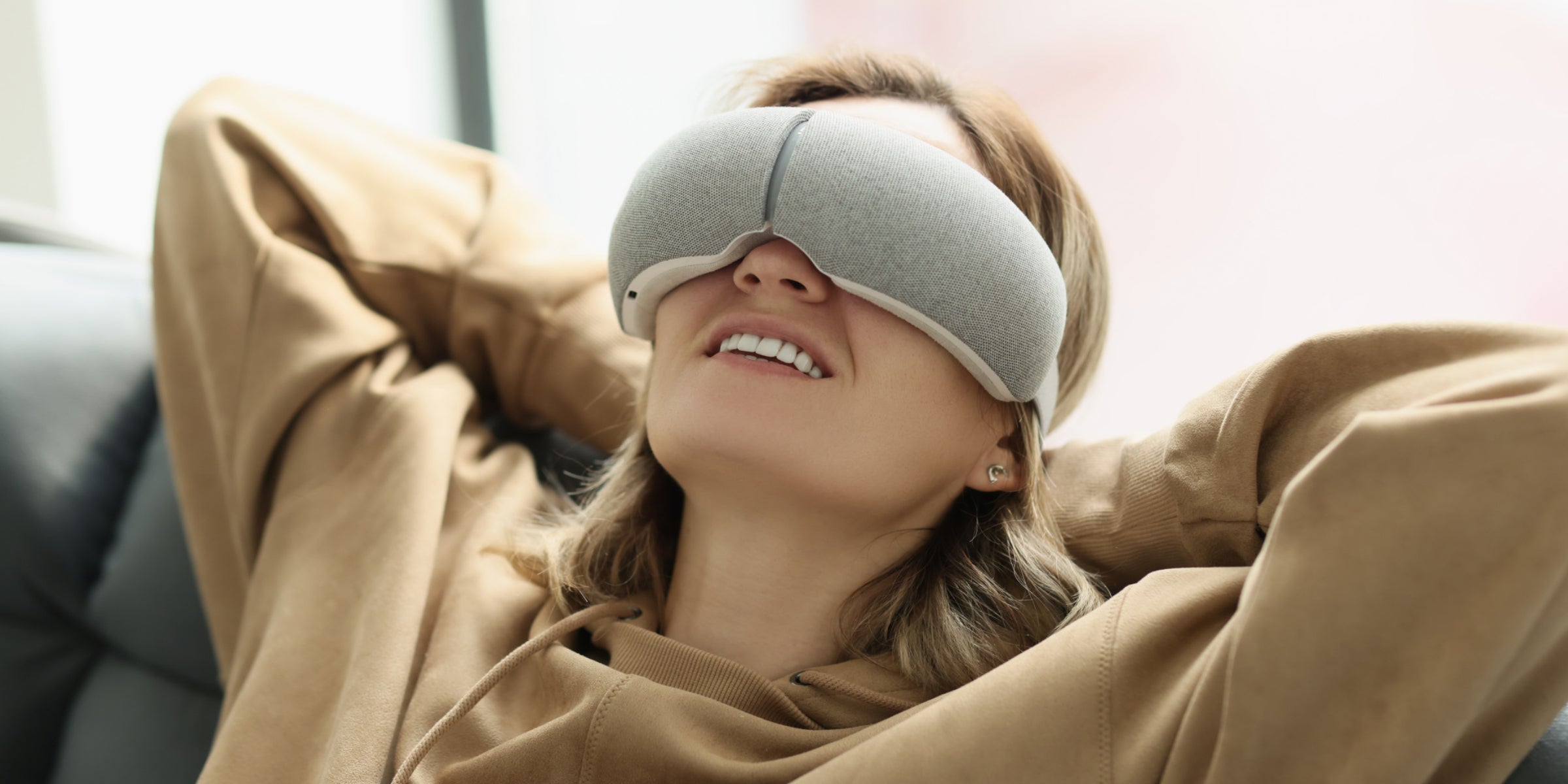
From Massage to Slumber: Exploring the Sleep Mask Potential of Eye Massagers
July 1, 2024
Read more >
-
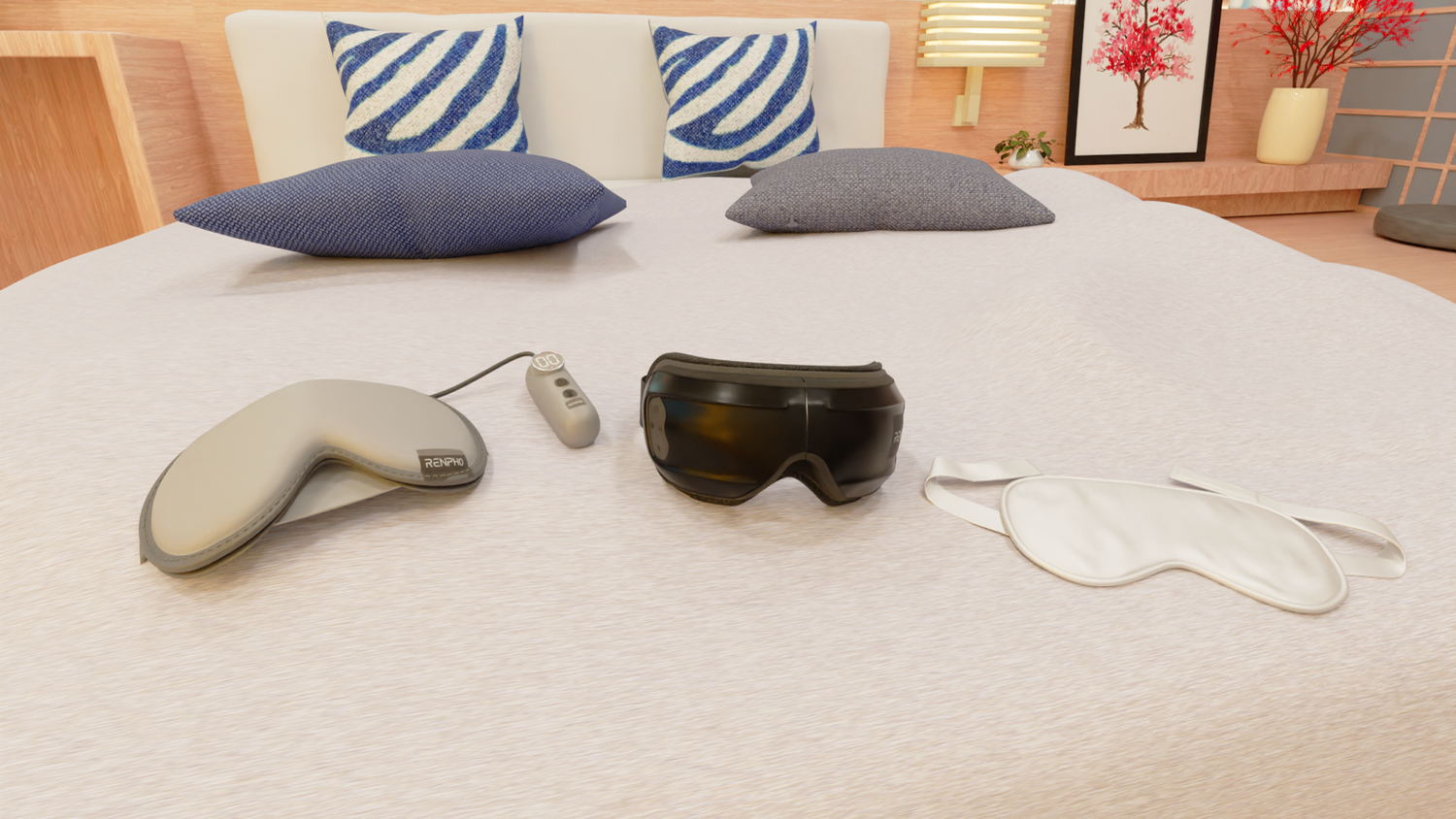
Unmasking the Truth: Are Eye Masks and Sleep Masks the Same?
June 27, 2024
Read more >
-
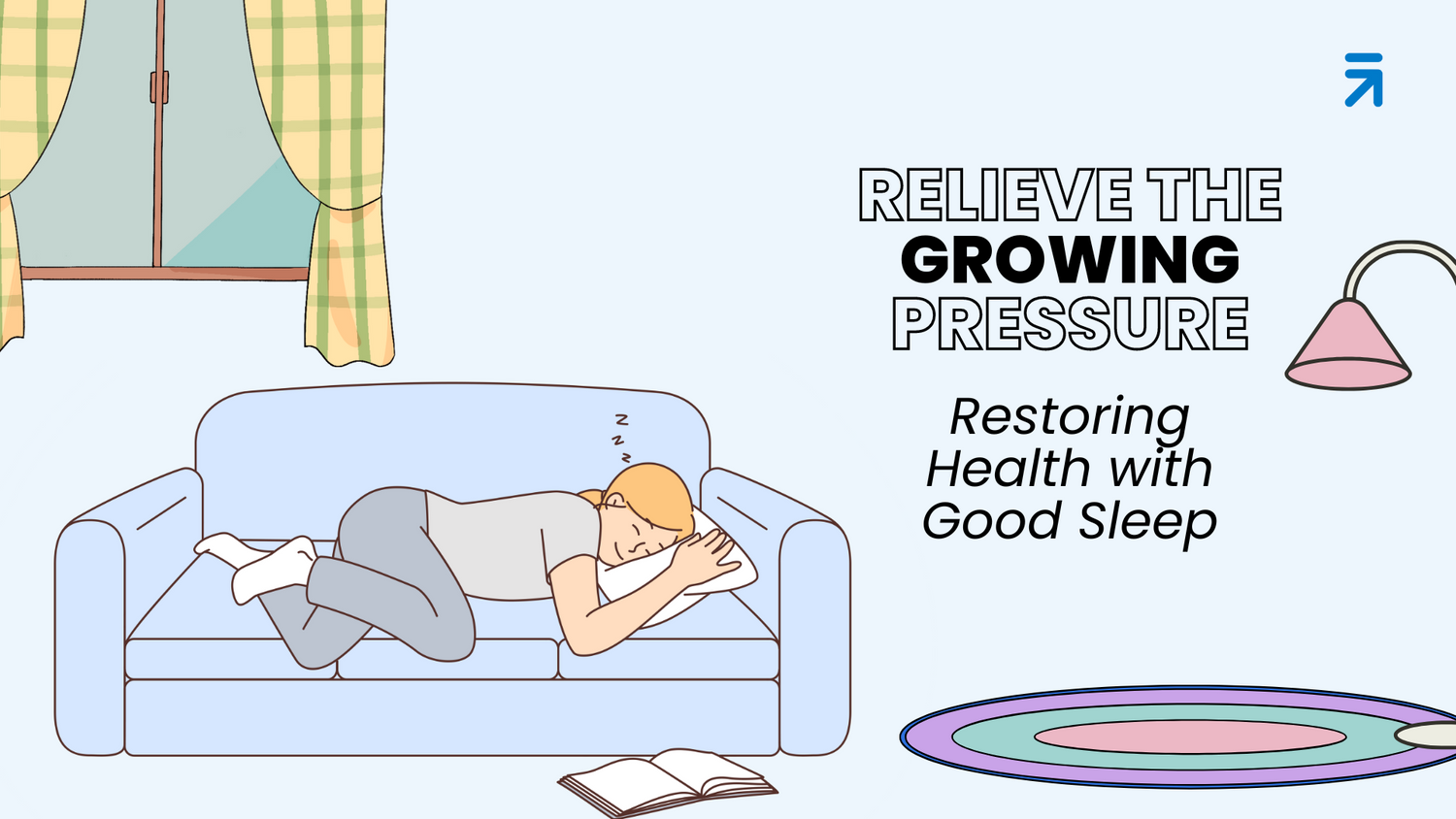
Relieve the Growing Pressure: Restoring Health With Good Sleep
June 26, 2024
Read more >
-
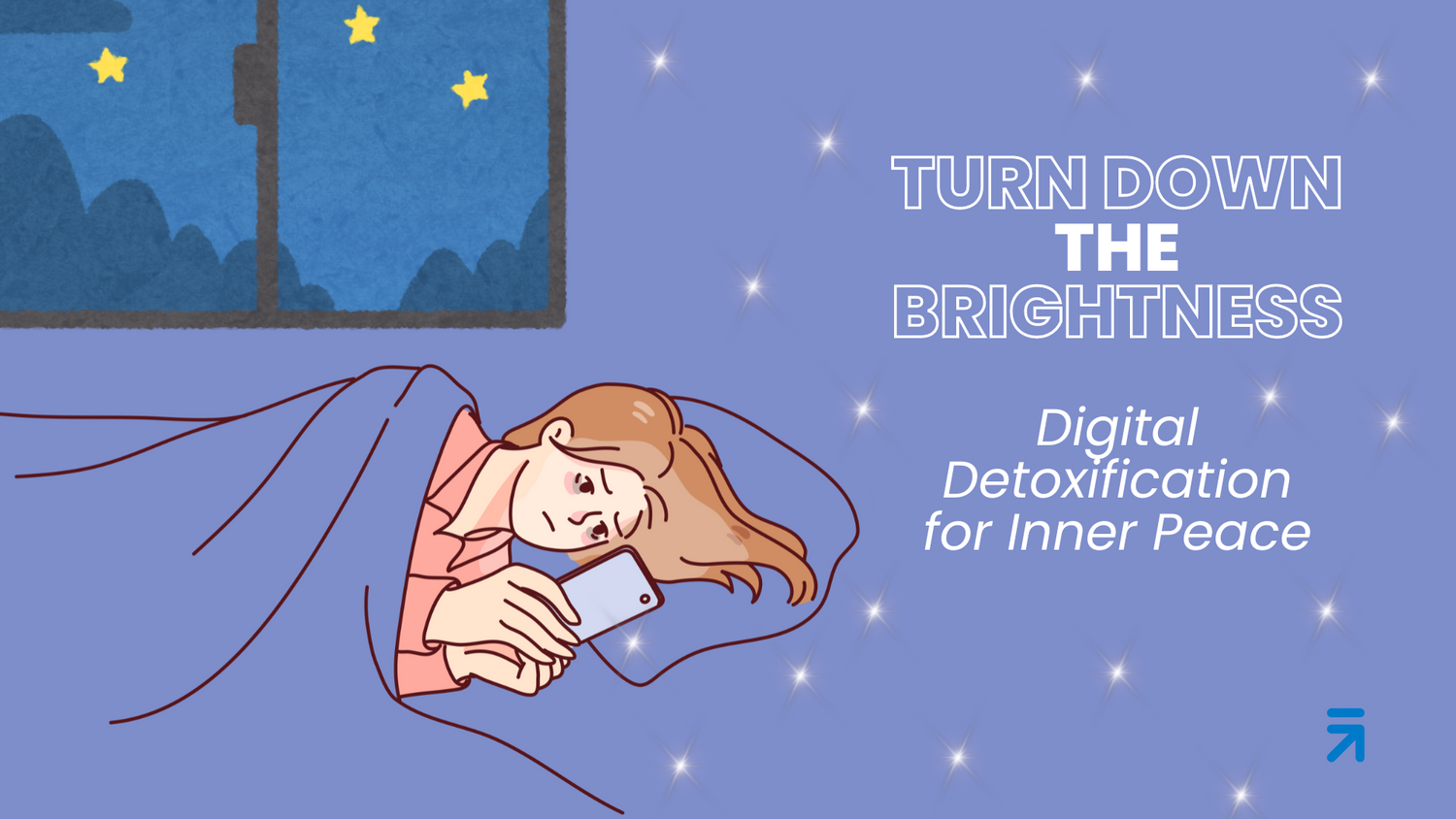
Turn Down the Brightness: Digital Detoxification for Inner Peace
June 25, 2024
Read more >
-
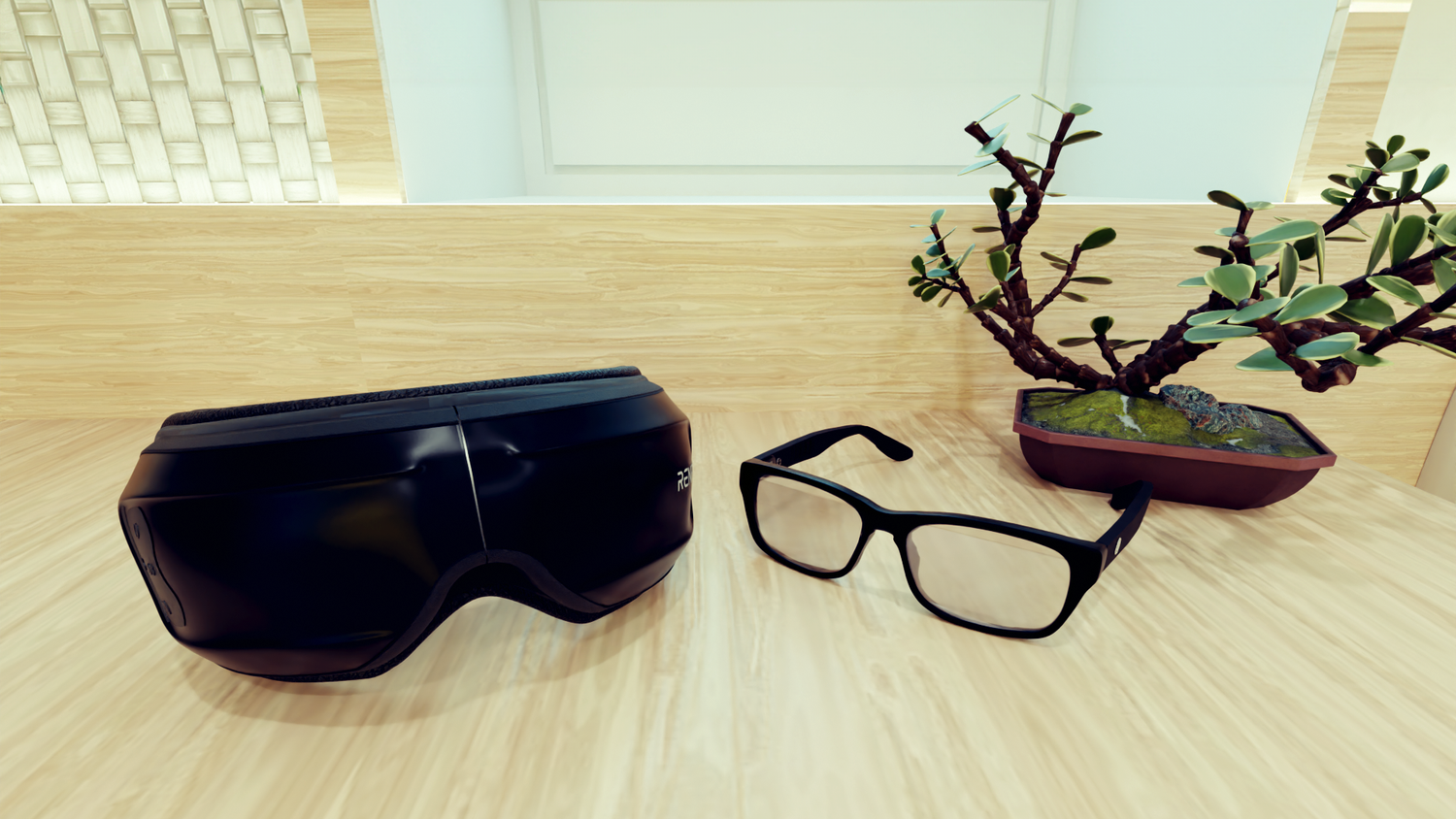
Goodbye, Blurry Vision: How Regular Eye Massage Can Help Manage Astigmatism
June 26, 2024
Read more >





